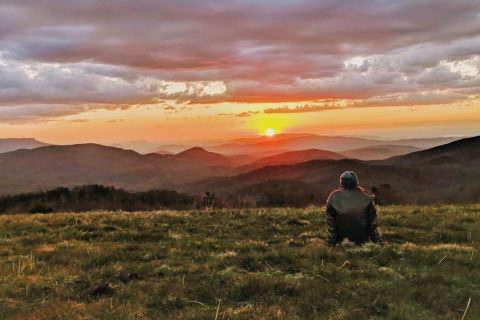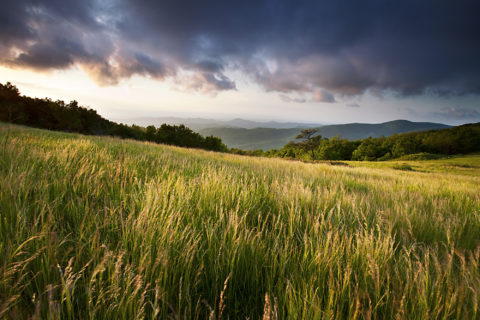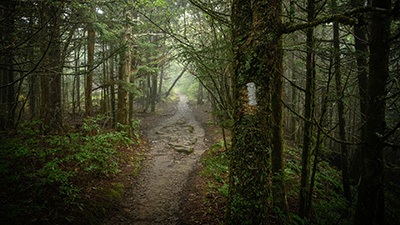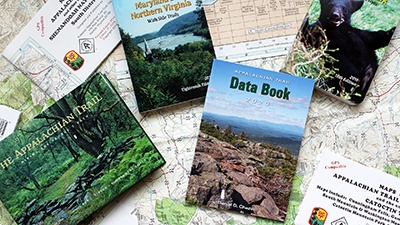by Cosmo Catalano, Stewardship Council Member
Campsite Siting Guidance Update
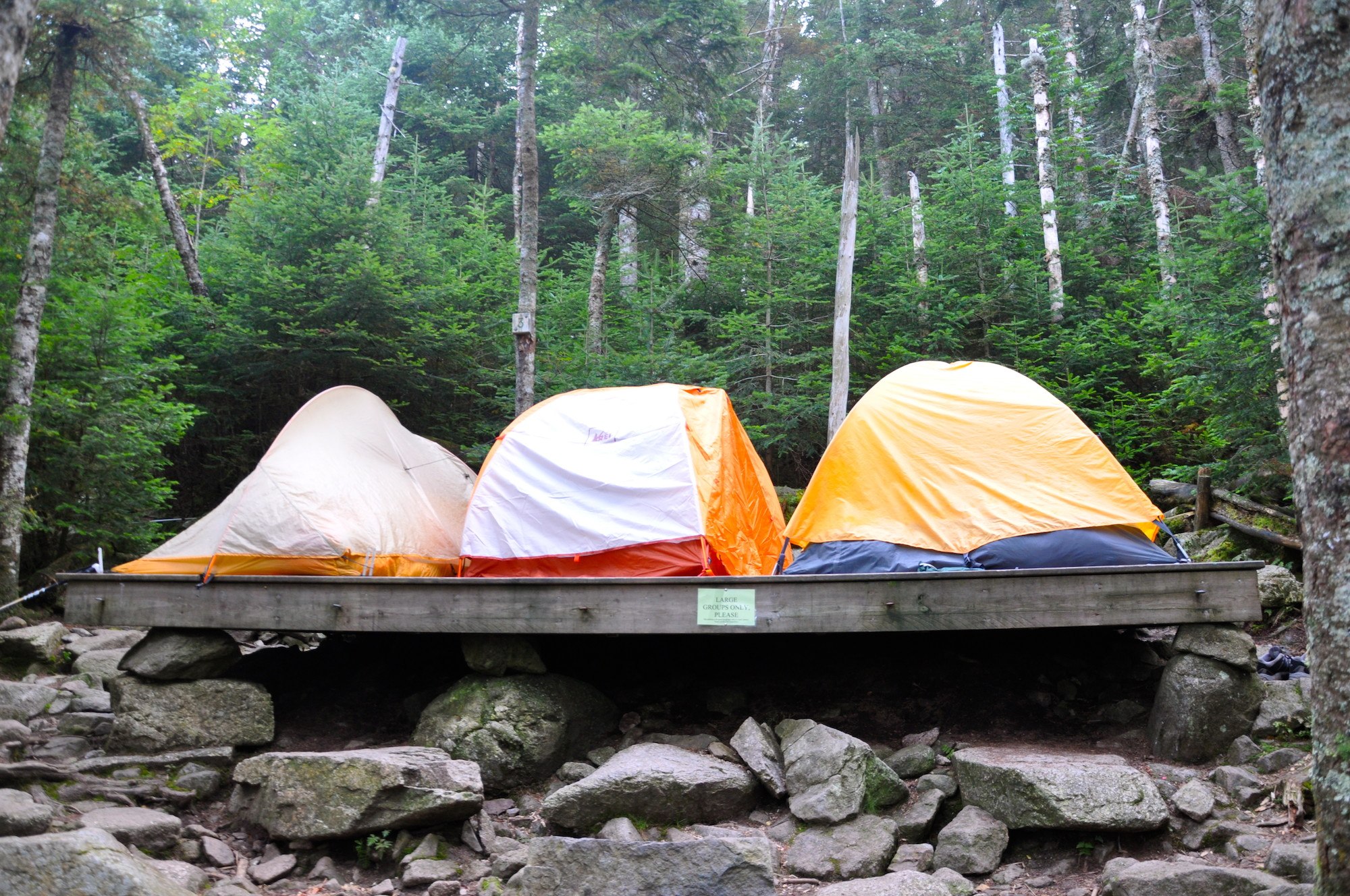 In 2007, the Appalachian Trail Conservancy (ATC) created Locating and Designing Shelters and Formal Campsites to help trail management partners establish some basic guidelines for creating new overnight sites. The primary stimulus for this effort was a 2003 ATC study by Jeff Marion, Camping Impact Management on the Appalachian Trail. In this study (which is well worth reading), he performed a rigorous analysis of 17 overnight sites from Maine to Georgia. Among other topics, he formalized the design method of installing tent site pads on gently sloping terrain as a means to eliminate the “campsite creep” that occurs with the more traditional approach of locating sites on flat ground. (In the field, this is demonstrated clearly at Annapolis Rocks campsite in Maryland.)
In 2007, the Appalachian Trail Conservancy (ATC) created Locating and Designing Shelters and Formal Campsites to help trail management partners establish some basic guidelines for creating new overnight sites. The primary stimulus for this effort was a 2003 ATC study by Jeff Marion, Camping Impact Management on the Appalachian Trail. In this study (which is well worth reading), he performed a rigorous analysis of 17 overnight sites from Maine to Georgia. Among other topics, he formalized the design method of installing tent site pads on gently sloping terrain as a means to eliminate the “campsite creep” that occurs with the more traditional approach of locating sites on flat ground. (In the field, this is demonstrated clearly at Annapolis Rocks campsite in Maryland.)
Marion also proposed a three-zone system as a strategy for a unified method for managing overnight sites on the Appalachian Trail (A.T.). Other types of zoning systems are in use among A.T. partners:
- The U.S. Forest Service (USFS) utilizes the Recreational Opportunity Spectrum (ROS) in most National Forests — including those traversed by the Trail.
- A similar system is a part of the National Park Service (NPS) management of some National Parks.
The A.T., beyond being a feature of USFS management plans, had never before been formally managed to describe a range of visitor opportunities.
Partly in response to a growing number of visitors and a concurrent increase in the number and size of shelters and campsites, the ATC combined the information presented in Camping Impact Management… with the 1995 policy on Managing the Trail for a Primitive Experience and created guidance for Locating and Designing AT Shelters and Campsites.
There are differences between “Policy” and “Guidance” in the ATC’s documents. Policies are reviewed and approved by the Board and generally refer to overarching themes related to the topic, and are the framework through which the ATC’s decisions are made and actions taken. Guidance does not require Board approval and is intended to provide concise, specific “how to” information to A.T. partners on a particular subject.
The 2007 guidance document was a significant document. It addressed many factors that had heretofore been left pretty much entirely to the club and the relevant land manager — including size and capacity, materials and methods, appearance, location and maintenance. This laissez-faire approach prior to the 2007 guidance produced some of the best and worst overnight sites and facilities on the Trail — and fueled many, occasionally heated discussions on what an A.T. overnight site should offer to visitors. The 2007 document also included a brief paragraph outlining Marion’s proposal for three different “Trail Experience” zones, based primarily on their remoteness, and recommended that the design of facilities be appropriate to the zone where they were located.
In 2017, Jeff Marion and his colleagues published the comprehensive Sustainable Camping “Best Management Practices.” This detailed and rigorous study is the gold standard for clubs and managers regarding the best way to design and manage their overnight sites.
Most recently, the ATC is undertaking a comprehensive Visitor Use Management (VUM) effort that includes policy, guidance, planning tools and other resources to study, quantify and respond to visitor use on the Trail, including impacts to facilities, treadway, natural environment and visitor experiences. A tangible outcome of this effort is establishing a system of Desired Trail Experience Zones on the A.T. So far, more than half of trail clubs have reviewed their sections using a Desired Conditions Matrix initially developed by the Stewardship Council’s Trail and Camping Committee in 2018. Trail clubs and land managers have produced maps of the desired current and future experiential condition segments on their sections. This, in turn, will inform management decisions including the design and location of not only future overnight sites, but also proposals to update, replace or rebuild existing facilities as well. These desired condition zones will also assist decisions regarding parking, side trails, treadway work and signage.
In light of these changes, it was clear that the 2007 Locating and Designing guidance needed to be updated to be in sync with more nuanced management efforts. The Stewardship Council’s Trail Management Committee (TMC) established a task force composed of A.T. Maintaining Club members, Council members, and ATC and Agency staff. They have reviewed the information in the guidance document and updated several sections in light of the ATC’s VUM policy, the information provided in the studies by Marion et al noted above, resources in the Interagency Visitor Use Management Council (IVUMC) visitor management Framework, and the ATC’s Desired Conditions Matrix. The updated document incorporates VUM strategies and continues to offer guidance on best location, facility design, construction practices and site management.
Significantly, the updated guidance recommends matching proposed design and capacity to the desired future conditions described for the relevant experiential zone — and assessing the club’s ability to successfully maintain the facility going forward. It also focuses more directly on protecting natural and cultural resources in the area. Finally — and possibly more controversially — it recommends minimizing “amenities” such as swings, covered decks, benches, libraries, elaborate fire pits, windows, etc., as they can distance visitors from close contact with the natural world by creating a more “park-like” experience.
The draft update has been completed by the TMC task force and will be reviewed by A.T. Maintaining Clubs, Regional Partnership Committees (RPC), the Stewardship Council and ATC staff. Then, after final editing, it will be included in the offerings available on the ATC’s new Trails and Facilities section of its website. This article is too short to explore the full array Visitor Use Management activity, but you can find out more information by reaching out directly to the ATC here: appalachiantrail.org/contact.
Discover More
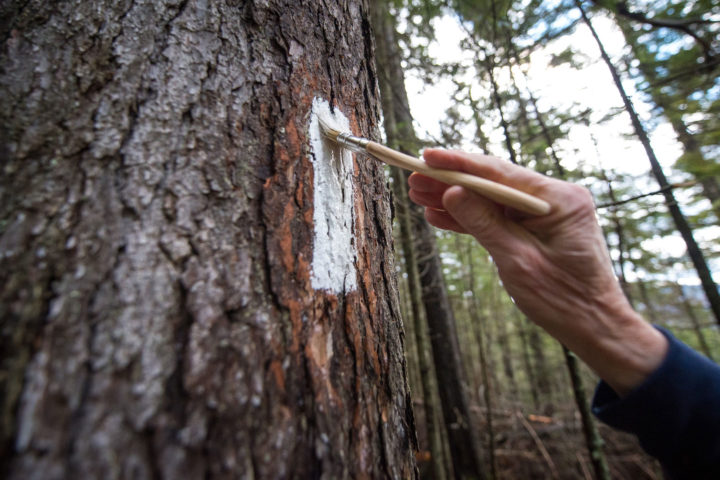
Official Blog
Dedication of A.T. Volunteers
Month after month and year after year, thousands of volunteers return to the Appalachian Trail to protect and preserve its legacy.
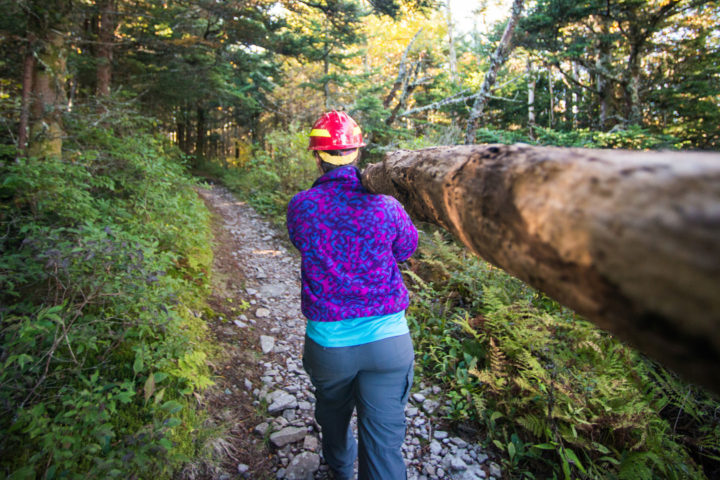
Stay Informed
Latest News
Read the latest news and updates about the Appalachian Trail and our work to protect it.
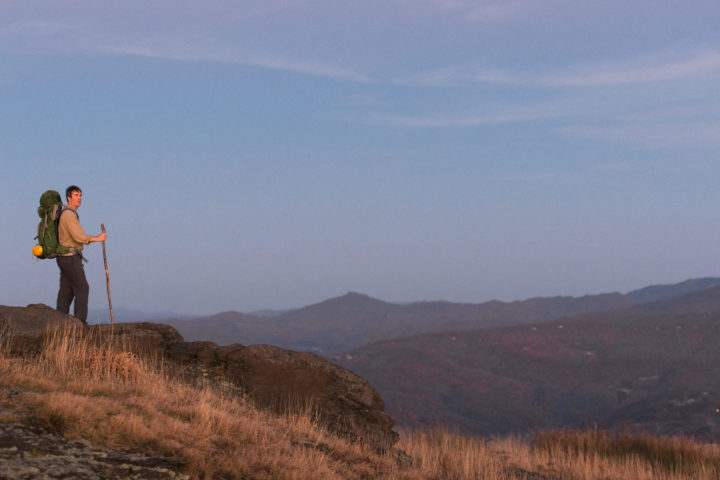
ATC's Official Blog
A.T. Footpath
Learn more about ATC's work and the community of dreamers and doers protecting and celebrating the Appalachian Trail.

